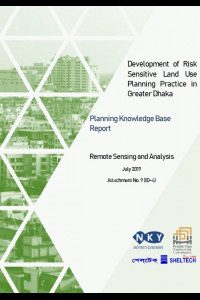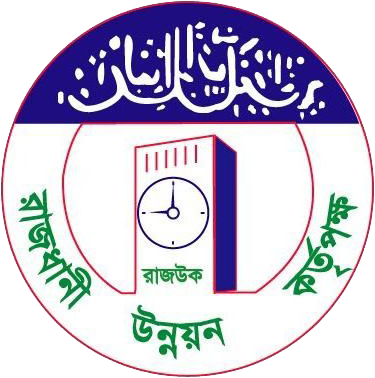8.2 ID-4 Remote Sensing and Analysis_URP/RAJUK/S-5
Flood and landslide hazards Floods are among the most devastating natural hazards in the world, claiming the largest amount of lives and property damage (CEOS, 2003). Remotely sensed data play an integral role in reconstructing the recent history of the land surface and in predicting hazard events such as floods and landslides, subsidence events and other ground instabilities.
The application of other satellite images for detecting surface change and weather data especially in flood/landslide hazard has also been mentioned in this document. Synthetic aperture radar (SAR) and Landsat Thematic Mapper (TM) data have been integrated to provide information on land cover and the geomorphology of slopes, to inventory and characterize landslide potential in high relief areas, and to monitor post-slide motion and characterize debris size and distribution. Contributions of space-borne remote sensing to flood warning, disaster assessment and hazard reduction will rely on a broad-based program of remotely sensed and in situ measurements of rainfall, river heights, soil moisture, with vegetation change providing critical indices for flood and landslide hazards.
SAR data can provide an all-weather flood mapping capability and can be useful for the estimation of hydrological parameters such as soil moisture (soil surface wetness), wet snow mapping, and the monitoring of wetlands and flood extent delineation. InSAR offers the capability for measuring displacements and providing very high accuracy topographic mapping.

| MIME Type |
application/pdf
|
|---|---|
| File Size | 28.31 MB |
Categories
|
|




